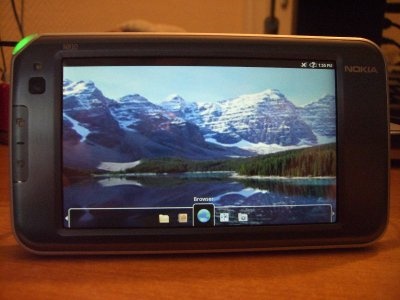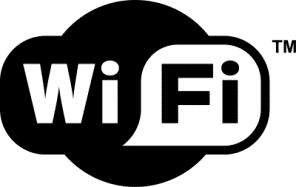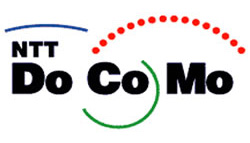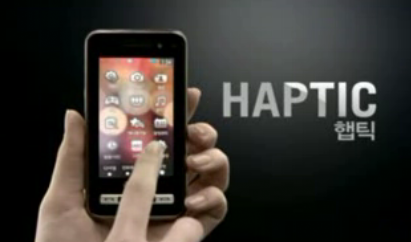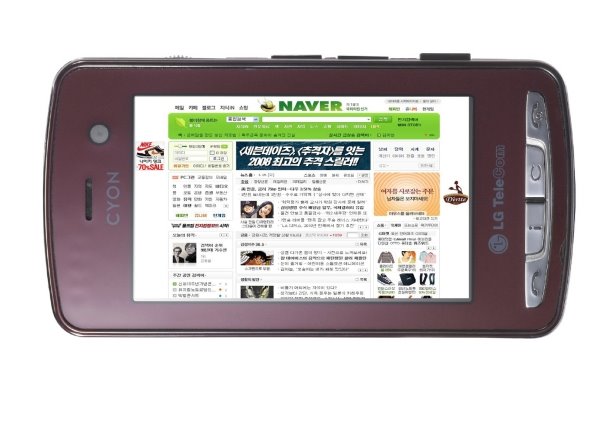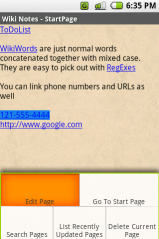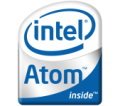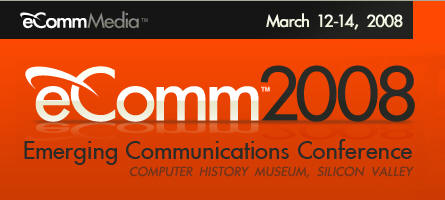 Speaking at eComm, Google's general manager of wireless platforms, Rich Miner said Android will outsell iPhone. Miner opened the second day of the eComm conference at the Computer History Museum in Mountain View, Calif. saying that Android will be loved by developers due to its openness. He expects Android-based phones to outsell iPhone. "Once you have devices out there from Motorola , HTC, Samsung, and so on, there's a much larger potential market on Android than for the iPhone," Miner said. He spoke in detail about the current phone and market trends and how OHA and Android are trying to bring a positive change to it. Some excerpts from his speech,
Speaking at eComm, Google's general manager of wireless platforms, Rich Miner said Android will outsell iPhone. Miner opened the second day of the eComm conference at the Computer History Museum in Mountain View, Calif. saying that Android will be loved by developers due to its openness. He expects Android-based phones to outsell iPhone. "Once you have devices out there from Motorola , HTC, Samsung, and so on, there's a much larger potential market on Android than for the iPhone," Miner said. He spoke in detail about the current phone and market trends and how OHA and Android are trying to bring a positive change to it. Some excerpts from his speech,
On the industry and market :
He said that he has seen prototypes from every mobile phone partner of OHA. Instead of having carrier executives decide which applications are best for users, the big companies should embrace the “long tail".
He added, "the world is shifting to openness, even in mobile phones. Linux-based phones have hit the market, Apple has created excitement around the iPhone, and there is excitement about Android platform. Those phones will be more useful to consumers, because they will be built around openness and thus have access to a wealth of third-party applications. Speaking on the current lot of phones, he said, "Most of the phones aren’t smart, meaning that developers can’t create third-party applications for the vast majority of phones in the world. The lack of openness means that the dynamic world of mash-ups on the web just isn’t possible with phones.The phones have closed, native environments that make it very difficult for applications developers to do what they want to do,” he said. “The business models in mobile are also somewhat broken.”He said Google is working with carriers to open their networks and open their phones and drive down the costs of cell phones. And as an indication of carriers' shift to openness, Verizon is about to launch its specs for open handsets. "The carriers are embracing openness for market reasons", he said. Full HTML capable web browsers will be available on these phones and display content that can be viewed easily on a small screen.
On Linux, Android and being Open :
Speaking on the fragmented Linux platforms, he said “Unless somebody really took everything, built it, and released it as open source, it wouldn’t help.We integrated all the things you need in one platform.”
He also said,"Yes, there are lots of other Linux initiatives,but the problem is that there are lots of them. The problem is that if they just focus on the Linux OS, and they leave out all the other parts of the mobile stack.So, if two companies build two phones, they make two different sets of decisions about the stack. And that means the phones are different. You can't just write for one phone and move it over. You have to write for two."
Miner said that one of the main advantages of the Linux-based Android is that it eliminates the need for developers to maintain multiple versions of apps across multiple platforms. This was an effort to prove that Android is more than just another Linux OS, "Android is a complete platform, not just a phone operating system. Android is everything you need to develop a phone, not just an OS. There are virtual machines, graphics subsystems, media codecs, media frameworks, application frameworks — all integrated into Android.”
But iPhone is already in the market. He added, "Android can make up for lost time. 750,000 have downloaded the Android SDK. Even if just one per cent of the people who downloaded the thing are building apps, that’s 7,000 to 10,000 people who are actively building applications for our platform. That's because it's open. I don’t think you’d have developers developing for a non-existent phone - a phone that hasn’t been released if they didn’t believe that this openness would allow them to get their applications distributed."
On the Open nature of Android, Miner said,"When I or most people at Google think about 'open,' we think about source code," Miner told the eComm crowd here in Mountain View. "If something is broken, you open up the source code, and you go and fix it."
When asked if Google had any problems with any developers making changes to the original stack, he said,"Once we open source this, it will be like any open source project," Miner answered. "You'll start to shift from initial implementation to a process driven by the community, starting to steer the functionality."
"Just look at how Apple manages the WebKit development progress. If a 17-year-old hacker proves he's competent in driving WebKit modifications and improvements, he's allowed to contribute to the WebKit system. Webkit is one of the model examples for Android."
On Apple & iPhone :
Although iPhone was a big success and it sold 4 million units in its first seven months of release, "there's a single manufacturer, it's targeted at a particular demographic, and it falls far short of the 1 billion mobile phones sold every year worldwide," added Miner.
Furthermore, he said,"My belief is that any startup company or company that’s trying to build a popular mobile app will build it for both platforms.They’re both contemporary programming environments. As long as somebody cleanly architects their system and uses contemporary techniques. It shouldn’t be too hard to maintain multiple versions of apps across both Android and iPhone."
But Miner also said that Apple hasn't treated developers as well as they deserve. "There are certain apps you just can't build on an iPhone" Miner said. "Apple doesn't let you do multiprocessing. They don't let your app run in the background after you switch to another. And they don't let you have interpretive language in your iPhone apps."
He praised Apple too,"The iPhone was certainly one of the most thunderous mobile introductions over the past year, and Apple did a number of things right the first time with their first device - which they should be commended for. And they just launched their third party development environment. But the love didnt last long enough, "But because of their business model and their partnerships, certain people believe that there are control issues as well. But I’m not going into that. There are plenty of blogs that discuss that."
On whether the developers should build apps for the iPhone or Android, Miner said, “It depends on what you want to build.” There are a lot of restrictions on Apple applications, he said. “You have to decide if it allows you to do what you want. It's not a competitive thing -- it's great that people are finally building tools so all of these third-party applications can be built and get out there," Miner said. "If I were a developer I'd certainly be looking at the iPhone, and if you believe there will be lots of Android phones out there, as we do, I'd be developing for both platforms."
"Ultimately, Steve Jobs just has a different goal than we do. Apple will ship iPhones to people who want that particular experience. Meanwhile, Android will be 12-key feature phones, as well as high-end smart phones, slide-out qwerty keyboard phones, and more. There will be a much larger variety of Android phones in the the long run"
On Microsoft :
Google flaming Microsoft isn't new or surprising. Miner spoke about his days at Orange and working on Windows Mobile, "When I was at Orange, we launched the first Windows Mobile phone. And I was impressed with that phone, or at least the promise of it. But we wanted to do a push to talk service, a very simple service. So you could push a button and speak. And then we found a bug in Windows Mobile, in a documented API. We didn't have the source code. The manufacturer who built the phone for us didn't have the source code. So we went to Microsoft. And Microsoft took about 18 months to fix this problem in a documented API."
The verdict on Android will be out when the first series of phones hit the market. And it will be interesting to see how the Android source is modified once thats out too.
Source: [The Register] [VentureBeat]




